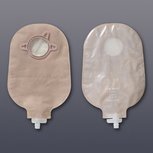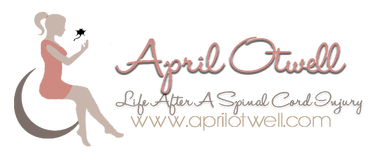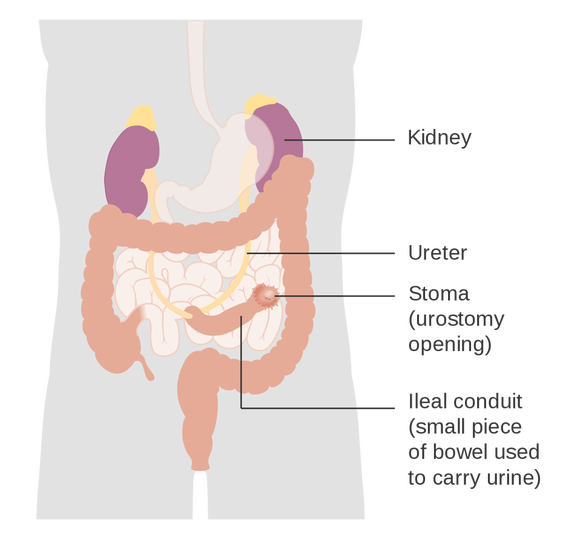
The stoma will look pink to red and will be moist and shiny. The shape will be round to oval, and it will shrink over time after surgery. Some stomas may stick out a little, while others are flush with the skin.
You won’t be able to start or stop urine coming out through the stoma, so you might need a pouch to collect the urine as it comes out. The stoma has no nerve endings, so it’s not a source of pain or discomfort. It is just a change in the way urine comes out of your body.
A urostomy is not a disease, but a change in the way your body works. It surgically changes the way urine comes out of your body.
Mitrofanoff
Paul Mitrofanoff developed a continent urinary stoma mechanism in 1980. A urinary reservoir is fashioned from bowel, or the person’s own bladder may be used as the reservoir. A channel is created from the appendix, ureter or ileum. The diversion is continent because of the valve arrangement, which prevents urinary leakage. The channel connects the reservoir to the abdominal surface. A small catheterisable stoma is placed in a cosmetically suitable site. It is important that the person is able to see the stoma in order to insert the catheter easily.




 RSS Feed
RSS Feed